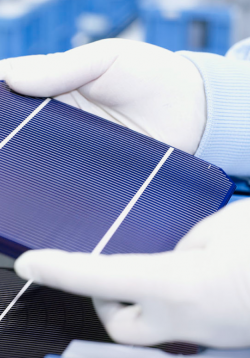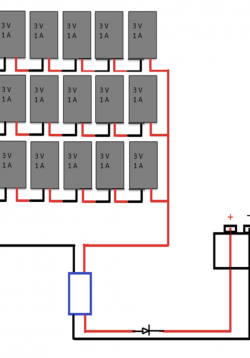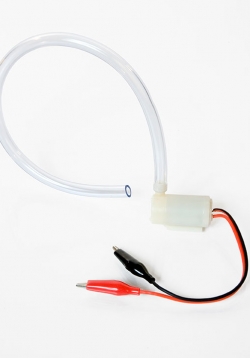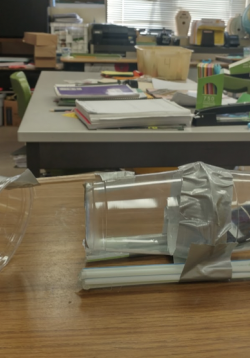Research and Evaluate the Impact on the Environment and Society of Converting Natural Resources into PV Cells
Students will engage in guided research to explore resource acquisition, material processing, and electricity generation associated with photovoltaic cells. Opportunity for differentiation exists in the level of assistance in guiding the research, the...







